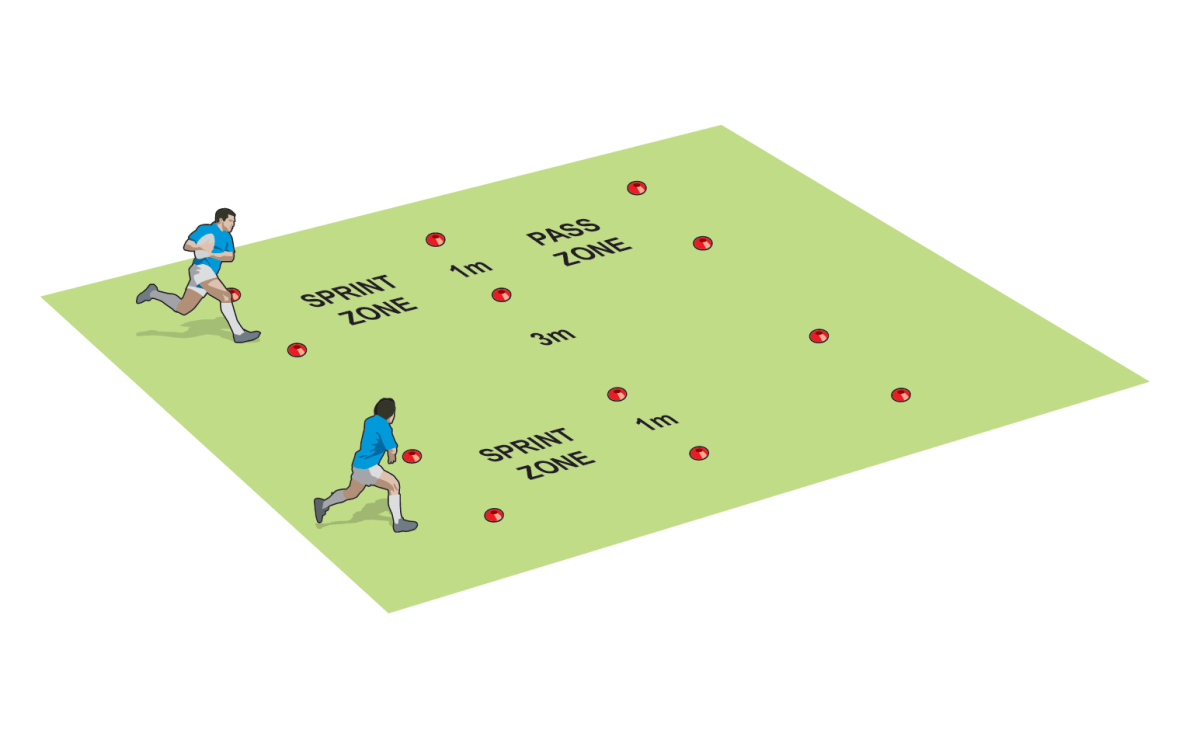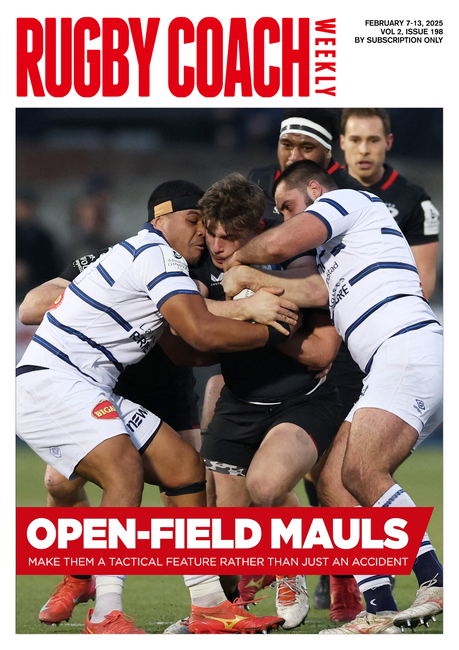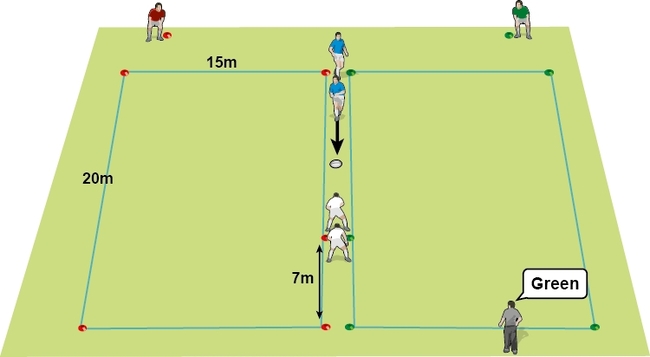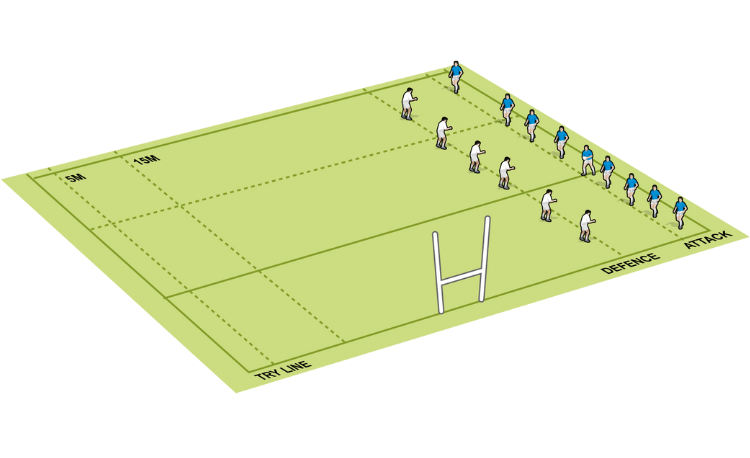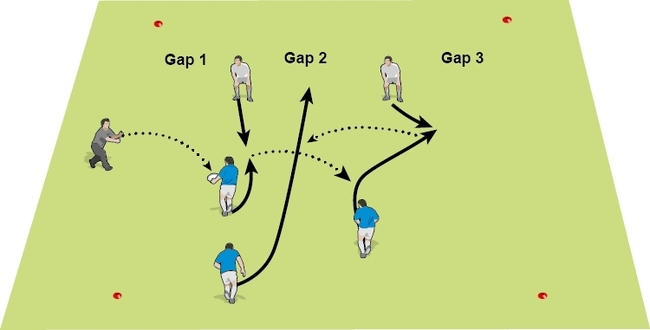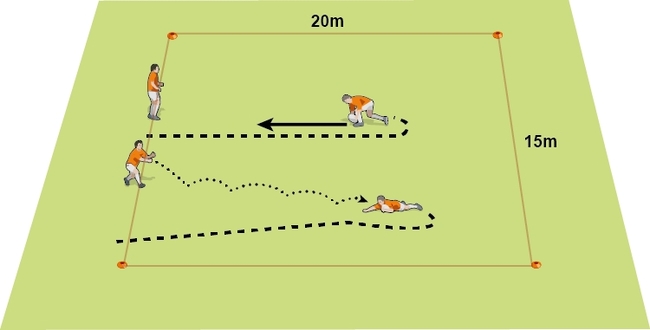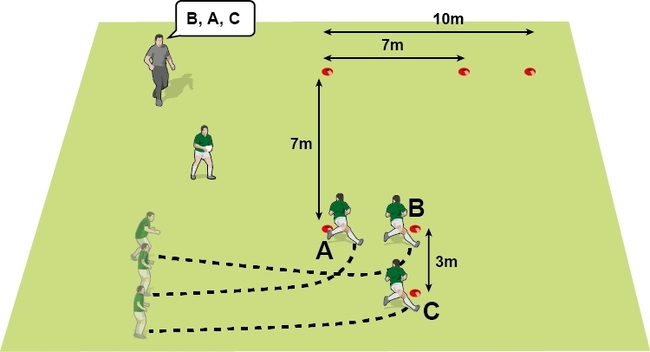Extend your 'shelf' life
When it comes to passing, the devil really is in the detail, says DAN COTTRELL.
Excellent execution on the detail of passing has never looked better at the top level.
Let’s identify the attributes of an excellent pass. Firstly, the passer must engage their defender; therefore, the hips remain facing up the pitch.
Secondly, the ball must be passed so the receiver can take the ball at the right height to continue their run.
The reason I call it a ’shelf pass’ is because the receiver can take the ball ’off the shelf’. They will have to reach for it a little bit. That doesn’t sound ideal, but let’s drill into it.
The receiver is probably running at 80% of their top speed. They are constantly adjusting their line, even if it’s just a little, based on the picture in front of them.
To take a ball ’off the shelf’, it has to be easy to catch. There must be very little pace on the ball, and it’s certainly not a spin pass.
Therefore, the best pass is a push pass that hangs in the air in front of the receiver. However, it needs enough pace to allow the receiver to perhaps reach to the side to take the ball, should they up their speed just before the pass.
Now, the passer has to pass when they are running at pace, or when they are static and under pressure.
In either case, their actions don’t change. It’s all in the arms and wrists; there is very little shoulder movement. The elbows are bent. They generate the initial momentum, while the wrists give the control.
The movement is short, so the pass can be delivered quickly. There is no need to think about the correct foot to pass on. It will seem as if the player is just running with the ball and then a moment later not.
- The ball carrier races through the sprint zone before passing in the next box
- The receiver must take the pass without breaking stride
- Notice how narrow the cones are
-
A passer races forward and, when they reach a passing box, passes flat to the receiver. The key is that the passer doesn’t deviate from running forward and that the receiver can still sprint onto the ball without slowing down.
-
Look for the hips facing up the pitch, the hands following through to the target while the body remains upright. Add in a defender as the players become more confident and then progress to a 3v2.
Related Files
Newsletter Sign Up
Coaches Testimonials

Gerald Kearney, Downtown Las Vegas Soccer Club

Paul Butler, Florida, USA

Rick Shields, Springboro, USA

Tony Green, Pierrefonds Titans, Quebec, Canada
Subscribe Today
Be a more effective, more successful rugby coach
In a recent survey 89% of subscribers said Rugby Coach Weekly makes them more confident, 91% said Rugby Coach Weekly makes them a more effective coach and 93% said Rugby Coach Weekly makes them more inspired.
Get Weekly Inspiration
All the latest techniques and approaches
Rugby Coach Weekly offers proven and easy to use rugby drills, coaching sessions, practice plans, small-sided games, warm-ups, training tips and advice.
We've been at the cutting edge of rugby coaching since we launched in 2005, creating resources for the grassroots youth coach, following best practice from around the world and insights from the professional game.


